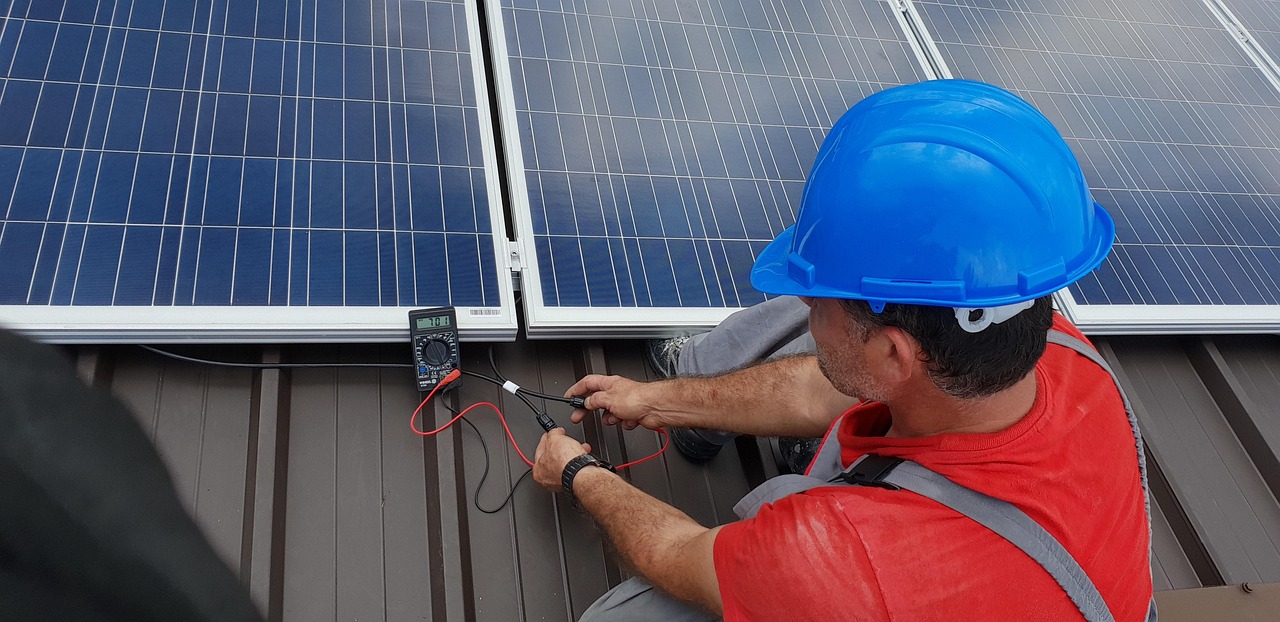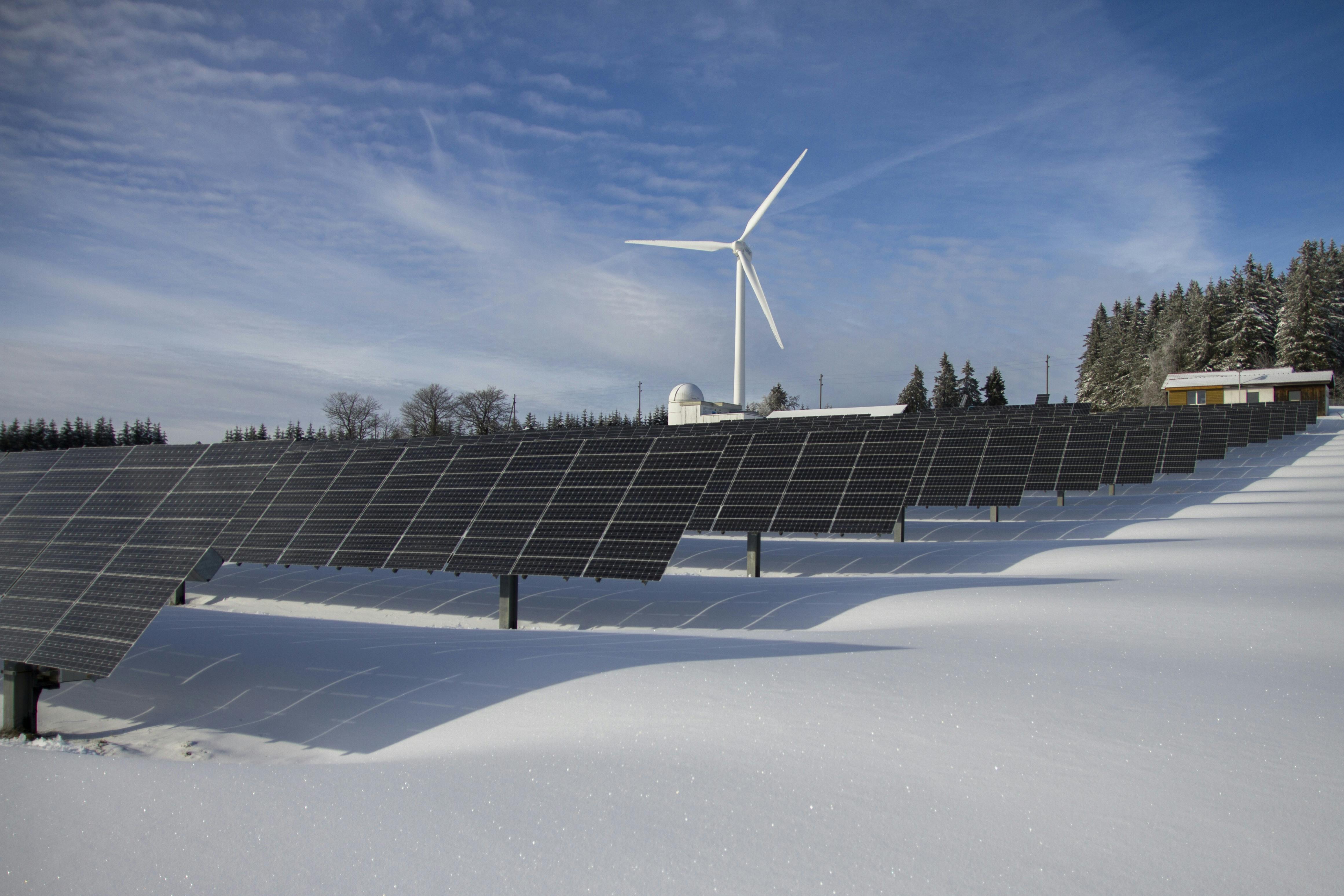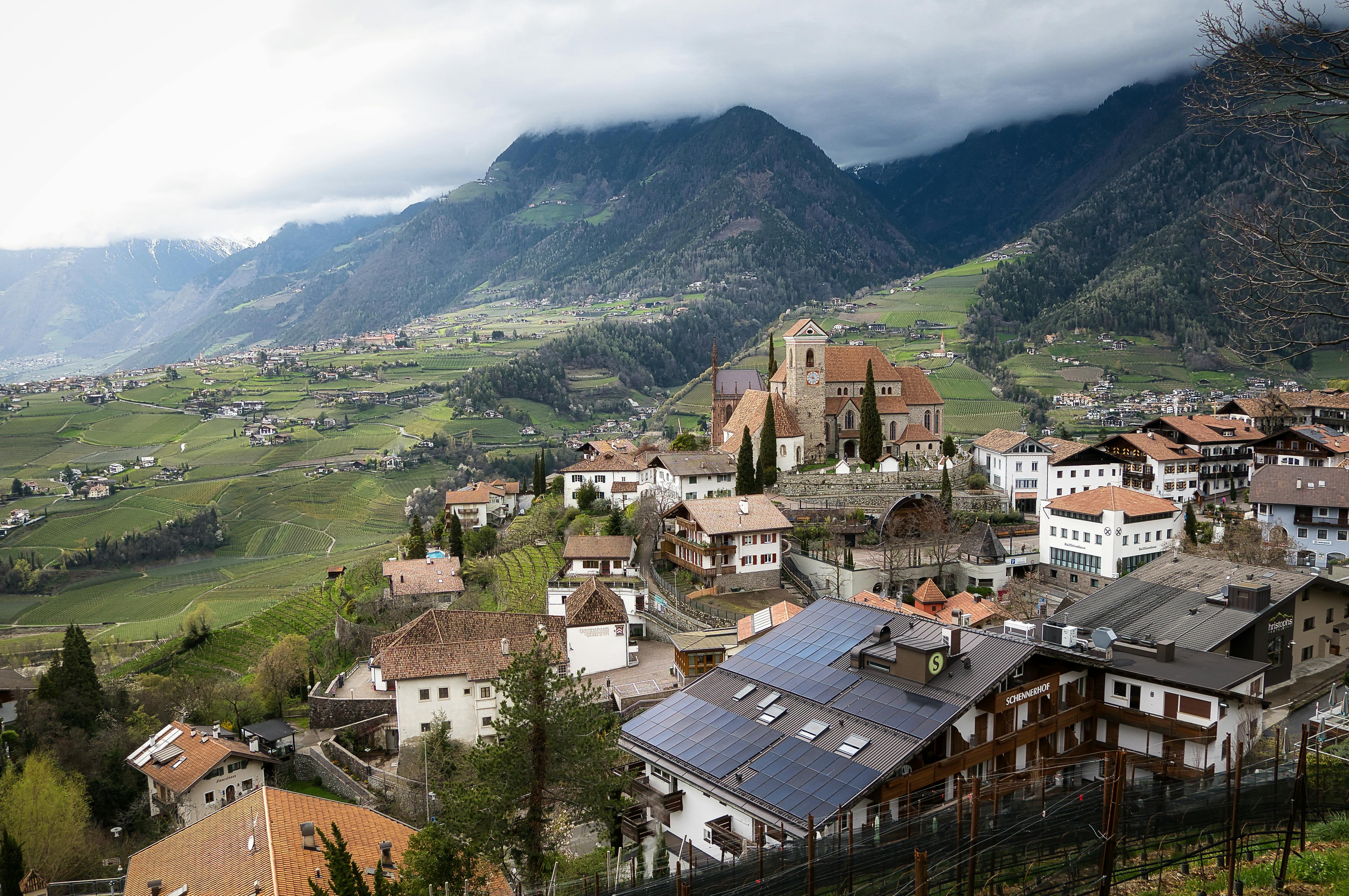How Much Energy Do Solar Panels Produce?
Curious about how much energy solar panels produce? Explore the factors affecting solar panel kWh in the UK.

Quick Navigation:
- Solar Panel Energy Production Tool
- Energy production of solar panels: Guide
- How much energy do solar panels produce a year?
- How much energy does a solar panel produce per day?
- Weather Considerations in the UK
- How to monitor solar panel output?
The growing interest in solar panels often raises the question: how much energy do solar panels produce? As more homeowners look to harness the sun’s abundant energy for their homes and reduce their carbon footprint, understanding the energy output of solar panels becomes crucial. In this guide, we’ll explore how much solar panel kWh is generated and the various factors that influence their performance, especially in the context of the UK’s unpredictable weather.
Key Takeaways:
Panel type affects efficiency: monocrystalline panels generate more power per square metre than polycrystalline alternatives.
Solar Panel Energy Production Tool
At MakeMyHouseGreen, we've developed a handy tool that takes the guesswork out of calculating how much energy solar panels could produce for you.
Our tool is designed to accurately determine how much energy and solar panel kWh you could harness from the sun over an average year. What's more, it translates these figures into potential cash savings, giving you a better idea of whether solar panels would be a worthwhile investment.
Simply answer a few straightforward questions about your house, such as your postcode, the direction your roof faces, and its steepness. With this information, our tool goes to work, providing you with a detailed estimate of your solar energy potential. But that's not all—our calculator goes the extra mile. It presents you with tailored solar panel options that best suit your property's unique characteristics.
Should you decide to take the next step towards a greener future, we're here to help. We'll connect you with trusted suppliers and installers in your area, ensuring a seamless transition to a sustainable energy source.
Energy production of solar panels: Everything you need to know
A typical solar panel in the UK has an output ranging from approximately 390 to 430 watts (W). This figure indicates the power a solar panel can generate under standard test conditions. However, it's important to note that real-world performance can differ due to various influencing factors.
But before we delve into the factors affecting solar panel energy production, let's briefly explore how solar panels work.
How Solar Panels Work?
The magic of solar panels lies in their ability to convert sunlight into electricity through a process called the photovoltaic effect. Here's a simplified breakdown:
1. Absorption - Solar panels are equipped with photovoltaic cells that contain semiconductors, usually made from silicon. When sunlight strikes these cells, it excites electrons within the material.
2. Electron Flow - Excited electrons create an electric current when they move through the semiconductor material.
3. Electricity Generation - This electric current is harnessed as direct current (DC) electricity, which is then transformed into alternating current (AC) electricity by a solar inverter. AC electricity is what powers your home's appliances and lighting.
What is Solar Panel kWh?
Kilowatt-hour (kWh) is a unit of energy that measures how much electricity a solar panel system produces or consumes over time. For solar panels, kWh refers to the amount of energy generated by the panels in one hour under optimal conditions. This measurement helps homeowners understand the energy output of their solar panel system, making it easier to estimate potential savings and how much of their home’s energy needs can be met by solar power.
Factors Influencing Energy Production
Solar panel energy production is influenced by several key factors:
- Panel Type: Different types of solar panels, such as monocrystalline and polycrystalline, offer varying levels of efficiency. Monocrystalline panels are renowned for their higher efficiency, meaning they convert a larger portion of sunlight into electricity. On the other hand, polycrystalline panels are generally more cost-effective but have slightly lower efficiency compared to their monocrystalline counterparts.
- Location: Your geographic location significantly impacts how much energy your solar panels can produce. Areas that receive more sunlight typically generate more electricity. However, it's worth noting that solar panels can still produce power on cloudy days, albeit at reduced efficiency compared to sunny conditions.
- Weather Conditions: Solar panels are built to endure a range of weather conditions, including rain and snow. However, extreme weather events, such as strong winds or storms, can affect their performance. Debris and dirt blown onto the panels during these conditions can cover the surface and reduce their efficiency.
- Orientation and Tilt: The direction your solar panels face and their tilt angle can impact energy production. Panels facing south and tilted at an optimal angle tend to yield the best results. However, it’s worth noting that if you have a west-east facing roof, you’re still likely to see great levels of energy production - you’ll simply just have to install solar panels on both sides to catch as much sunshine as possible.
Recommended Guide: Best Direction for Solar Panels UK
How much energy do solar panels produce a year?
To give you a clear idea of solar panel kWh output, let's look at a few examples. A standard monocrystalline solar panel with a 390-watt (W) rating can generate around 398 kilowatt-hours (kWh) of electricity annually if facing south. If the panel faces north, it would generate about 203 kWh, and east or west-facing panels would produce around 310 kWh. These estimates are based on optimal conditions.
For a real-world example, homeowners in Southampton, where solar intensity is 535 w/m², can expect their solar panels to produce roughly 5,523 kWh of energy per year. That’s enough to fully charge an electric car 138 times!
Keep in mind, these are general estimates. For a more accurate figure based on your specific location and setup, try our solar energy production tool. Just enter your postcode, roof orientation, and panel type, and you'll get a personalised estimate of how much energy your panels could produce annually.

How much energy does a solar panel produce per day?
A typical solar panel with an output of 390 watts (South facing) could generate approximately 1.09kWh of electricity per day under ideal conditions. This value is based on the panel's rated output and assumes full sun exposure for several hours.
Now, let's explore how this daily energy production scales when you consider a system of ten solar panels.
A single 390W solar panel generates 1.09 kWh per day.
For a system of ten identical solar panels, the daily energy production would be:
1.09 kWh/panel x 10 panels = 10.9 kWh per day.
A system of ten solar panels can produce 10.9 kWh of electricity daily, assuming optimal conditions. However, real-world conditions may vary due to factors like weather, shading, and panel orientation.
How much energy does solar panels produce per hour?
For domestic solar panels commonly used in residential setups, the typical output ranges between 250 and 400 watts (W) per hour.
- Minimum Output: There isn’t a minimum per se but as long as there is light, even if it’s cloudy, your solar panels will generate electricity.
- Maximum Output: During ideal conditions, such as when the sun is directly overhead and the panels are unobstructed, solar panels can reach their maximum rated output. For many residential panels, this can be around 400 watts per hour.
It's important to note that these values represent the panel's capacity to generate electricity in a given hour. The actual hourly solar panel energy production may vary due to factors like panel orientation, weather conditions, and shading.
Weather Considerations in the UK
The UK's cloudy and rainy weather might not seem ideal for solar panels, but it doesn’t stop them from generating electricity. Here’s how solar panels perform under different weather conditions:
- Cloudy Days: Solar panels can still produce energy from diffuse sunlight on cloudy days. While they may generate less electricity than on sunny days, they don’t stop working altogether.
- Rainy Days: Rain might lower energy output by blocking some sunlight, but it also washes away dust and dirt from the panels, improving their efficiency once the weather clears. After the rain, panels quickly return to normal production.
So, even in a country known for its cloudy and rainy weather, solar panels continue to shine, providing a green and cost-effective energy solution for homes across the UK. For more information on how solar panels work in differing weather conditions, we’d recommend our article on whether solar panels need to be in direct sunlight?
How to monitor solar panel output?
MakeMyHouseGreen provides an easy way to keep track of your solar panels kHw and performance with our energy tracking app. This app offers real-time insights into how well your solar panel system is working. With our app, you can monitor:
1. System Output - The app displays the current output of your solar panel system in watts (W). This allows you to see how much electricity your panels are generating at any given moment.
2. Battery Charge (If Installed) - If your solar panel system includes a battery for energy storage, our app provides information on the battery's charge level. This feature is especially useful for homeowners who want to store excess solar energy for use during the evening or during power outages.
3. Grid Usage - You can track your home's grid usage in real-time. This feature helps you understand when you're using energy from the grid versus when your solar panels are meeting your electricity needs.
Whether you're interested in reducing your carbon footprint, lowering your energy bills, or simply staying connected to your solar panel system's performance, our energy tracking app puts the power in your hands. It's a convenient way to make the most of your green energy investment.
Final Thoughts on Solar Panel Energy Production
We’ve covered how solar panels work, the factors that affect solar power energy production, and tips on monitoring your system's performance. But this is just the first step on your path to a greener, more sustainable home.
For more in-depth information on solar panels and eco-friendly home solutions, check out our 'green guides'. These cover topics like How many solar panels can I fit on my roof?, solar panel maintenance, and a complete guide to solar energy.
To see how much energy and money you could save with solar panels, use our easy-to-use tool. Just enter a few details about your home, like your postcode, roof direction, and slope, and get personalised solar panel recommendations along with potential savings.
Ready to see what you can save?
Our solar calculator is 100% free to use. Enter your postcode below to get started.

Based on 400+ Trustpilot reviews






